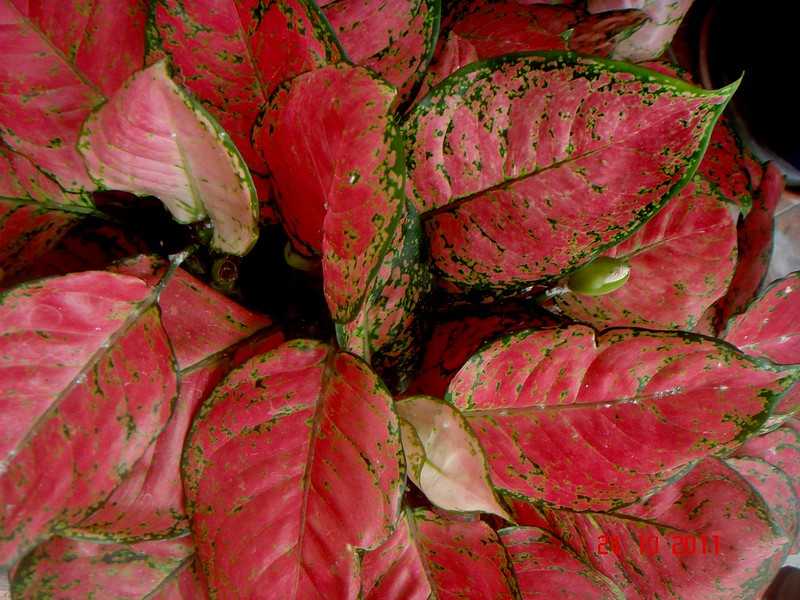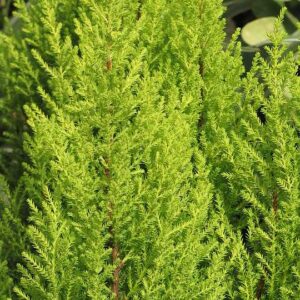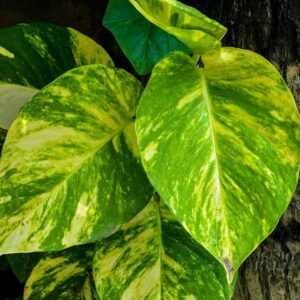Introduction
Aglaonema is a genus of flowering plants that are native to Southeast Asia. They are commonly known as Chinese evergreens and are popular houseplants due to their attractive foliage and ease of care.
Aglaonema plants typically have broad, glossy leaves that are variegated with shades of green, silver, white, or pink. They can grow to be several feet tall but are often kept as smaller, tabletop plants.
You can also pair an Aglaonema plant with a Schefflera plant or a Money plant. The Schefflera plant has large, glossy leaves that will provide a contrasting backdrop for the Aglaonema’s colorful foliage.
The Money plant, with its trailing vines, will complement the Aglaonema’s upright growth habit and add a unique visual element to your indoor garden.
Click on the headings to read more!
Varieties
There are several varieties of Aglaonema available, with different leaf colors, patterns, and sizes. We will see some of the most popular varieties:
Aglaonema Silver Bay:
This variety has silvery-green leaves with dark green margins. It is a compact plant that grows to be around 2-3 feet tall.
Aglaonema Red Valentine:
This variety has green leaves with pink or red variegation, making it an excellent choice for adding a pop of color to any room.
Aglaonema Maria:
This variety has dark green leaves with white or silvery markings. It is a relatively small plant that grows to be around 1-2 feet tall.
Aglaonema Sparkling Sarah:
This variety has green leaves with silvery markings and pink veins, making it a unique and attractive plant.
Aglaonema Emerald Beauty:
This variety has dark green leaves with silver markings, making it a subtle yet elegant plant.
Aglaonema Siam Aurora:
This variety has green leaves with pink or red markings and a pinkish-red stem, making it a bold and eye-catching plant.
Aglaonema Pink Dalmatian:
This variety has green leaves with white spots and pinkish-red stems, giving it a unique and playful appearance.
Aglaonema Golden Bay:
This variety has green leaves with yellow variegation, making it a bright and cheerful plant.
Benefits
Aglaonema plants offer several benefits, including:
Air-purifying properties:
Aglaonema plants are believed to purify the air by removing harmful pollutants and toxins, thus improving indoor air quality.
Aesthetic appeal:
These plants have attractive foliage with variegated colors and patterns, making them a popular choice for adding aesthetic appeal to indoor spaces.
Easy to care for:
These plants are relatively low-maintenance and can tolerate a range of lighting and watering conditions, making them an ideal choice for novice plant owners.
Health benefits:
Having plants indoors has been shown to have several health benefits, including reducing stress levels, boosting mood, and improving cognitive function.
Versatility:
Aglaonema plants are available in various sizes and can be used as tabletop or floor plants, making them a versatile choice for interior design.
Plant care
Aglaonema is a relatively low-maintenance plant that can be easy to care for if you follow some basic guidelines. Here are some tips:
Light:
Aglaonema can tolerate a range of lighting conditions, from low to bright indirect light. Avoid exposing your plant to direct sunlight, as it may scorch the leaves.
Water:
Water your Aglaonema when the soil is dry to the touch. To prevent root rot, be cautious not to overwater your plant. It is recommended to let the soil dry out slightly before watering again.
Temperature:
This plant prefers temperatures between 60-85°F (15-30°C). So it’s best to keep the plant away from cold drafts and air conditioning vents.
Humidity:
It prefers moderate to high humidity but can tolerate lower humidity levels.
Fertilizer:
Feed your Aglaonema once a month during the growing season (spring and summer) with a balanced fertilizer.
Repotting:
This plant can be repotted every 2-3 years or as needed, using a well-draining potting mix.
Pruning:
Prune yellow or damaged leaves as needed to keep your plant looking healthy and tidy.
Pest control:
Inspect your Aglaonema plant regularly for signs of common pests like spider mites, mealybugs, and scale insects. Isolate the plant and wipe the leaves with a damp cloth or use a mild soap or neem oil spray for minor infestations. Use a commercial insecticide for severe infestations. Keep the plant healthy by providing adequate water, light, and humidity, and avoid overcrowding.
Propagation
Aglaonema can be propagated through division, stem cuttings, and leaf cuttings.
Division:
Aglaonema can be propagated by dividing the parent plant into smaller sections. To do this, carefully remove the parent plant from its pot and gently separate the smaller plants from the main root ball. Each smaller plant should have its own roots and leaves.
Stem cuttings:
Another way to propagate this plant is through stem cuttings. Choose a healthy stem from the parent plant, and cut it just below a node. Remove any leaves from the bottom of the cutting, leaving only a few at the top. Dip the cut end in rooting hormone and plant it in a small pot filled with well-draining soil. Water the cutting and place it in a warm, humid location with indirect sunlight.
Leaf cuttings:
Aglaonema can also be propagated through leaf cuttings. Cut a healthy leaf from the parent plant, and slice it into sections that are about 2 inches long. Dip the cut ends in rooting hormone, and plant them in a small pot filled with well-draining soil. Water the cuttings and place them in a warm, humid location with indirect sunlight.



